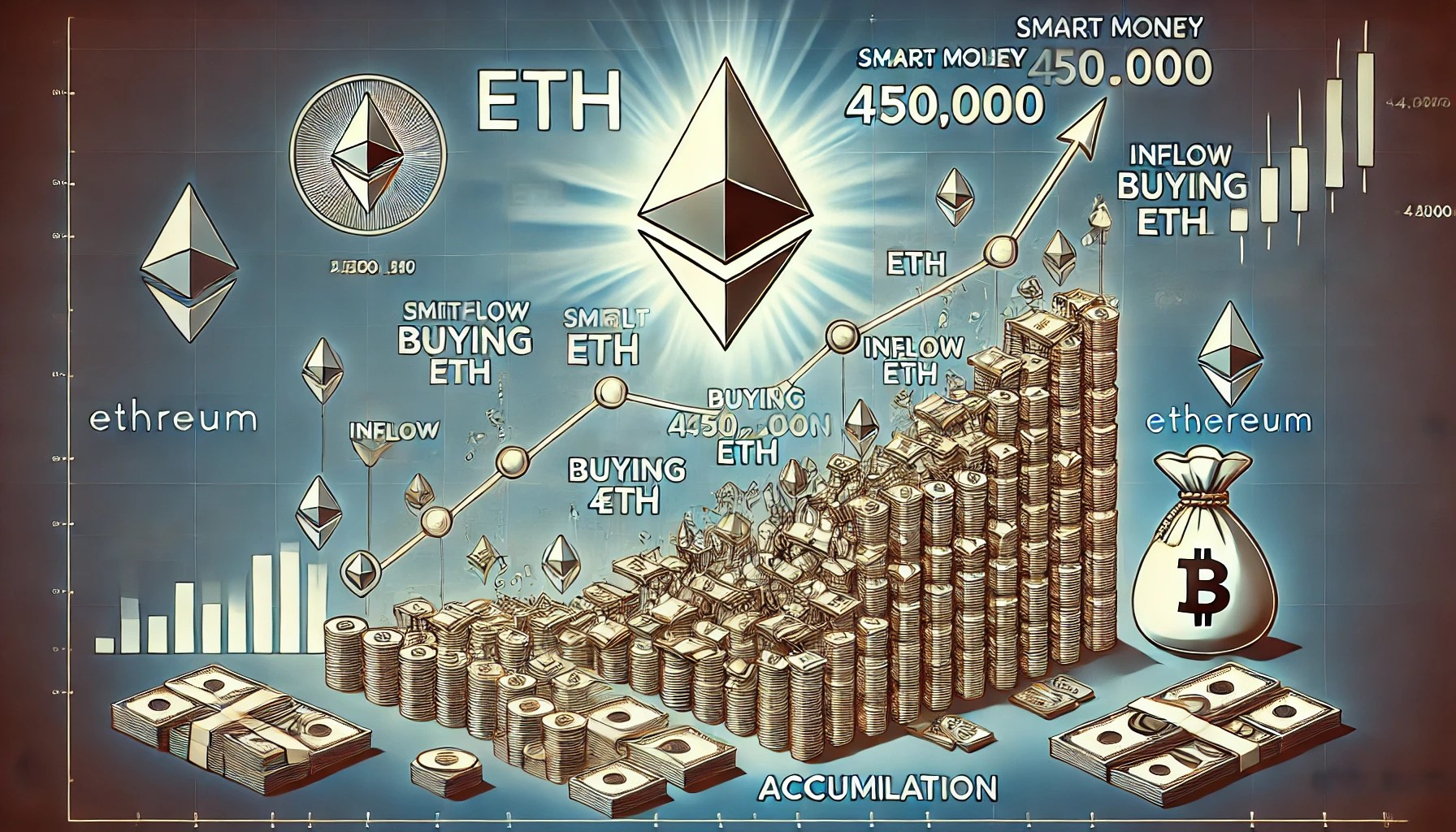India seeks to forge deeper partnerships with African nations, aiming to drive mutual economic growth through long-term, sustainable collaboration. India’s robust Digital Public Infrastructure (DPI) is at the heart of this effort, a proven, open-source framework that has already transformed service delivery and digital inclusion within the country.
By sharing its expertise and technology, India intends to offer a powerful model for accelerating digital transformation across the developing world. This collaborative approach supports the creation of resilient digital ecosystems in African nations and fosters a spirit of knowledge exchange, innovation, and shared prosperity.
“India’s Digital Public Infrastructure has driven transformative changes across areas, especially through developments of digital identity (Aadhaar), digital payments (UPI), e-commerce (ONDC), and healthcare. And we are increasingly integrating advanced technologies–artificial intelligence (AI), cybersecurity, fintech, and digital infrastructure – into our skilling ecosystem,” said Jayant Chaudhary, Minister of State for Skill Development and Entrepreneurship (Independent Charge).
“These are areas, rich with potential, for collaboration with our African partners, and we can collectively grow our economies through sustained partnerships,” Chaudhary added.
He was speaking at Africa’s largest tech and startup show, GITEX Africa 2025. Chaudhary participated in high-level bilateral meetings and panel discussions and interacted with Indian startups showcasing their innovations. The three-day event just concluded in Morocco’s capital, Marrakesh, according to an official statement.
GITEX served as a dynamic forum where policymakers, innovators, and thought leaders came together to explore collaboration opportunities and advance the shared goal of inclusive and equitable growth in the global economy.
“India, where the pace of digitalization is higher relative to some other developing economies, with established open-source Digital Public Infrastructure systems, has the potential to catalyze the speed of digitalization in other developing countries seeking to develop such systems through collaboration and knowledge sharing,” Chaudhary added.
India is also a major source of AI talent, with a 33.39% increase in AI hiring over the past year, according to the 2025 Stanford AI Index. This growth shows how the government and industry are working together to support AI development and adoption, the statement pointed out.
On the sidelines of the summit, Chaudhary held bilateral meetings with Amal El Fallah Seghrouchni, Minister of Digital Transition and Administrative Reform; Azzedine EL Midaoui, Minister of Higher Education, Scientific Research and Innovation; Younes Sekkouri, Minister of Economic Inclusion, Small Business, Employment and Skills; and Mohamed Saad Berrada, Minister of National Education, Preschool and Sports.
In his discussions, the minister talked about finding common ground in AI, research, and skill-building. He also shared insights on how DPI can drive inclusion, innovation, and fair growth, while highlighting India’s experience in creating scalable, inclusive tech for public benefit.
India’s presence at GITEX Africa 2025 underscored its growing influence as a global pioneer in digital innovation and workforce development. With transformative programs such as Digital India and Skill India, and the rollout of robust, scalable Digital Public Infrastructure like Aadhaar, UPI, DigiLocker, DIKSHA, and the Skill India Digital Hub (SIDH), India has set a powerful example of how technology can drive large-scale, inclusive empowerment. These homegrown solutions have not only improved service delivery and digital access for millions but are now being recognized internationally as models that can be adapted by other developing countries aiming to create resilient, future-focused societies.
India has been actively showcasing its success with DPI, which has transformed how public services are delivered across the nation. Leveraging this experience, India is building strategic partnerships with major global trade allies, positioning its DPI model as a blueprint for digital transformation. These collaborations aim to share knowledge, promote interoperability, and support other nations in developing inclusive, citizen-centric digital ecosystems.
To bolster regional cooperation under the Bay of Bengal Initiative for Multi-Sectoral Technical and Economic Cooperation (BIMSTEC), Indian Prime Minister Narendra Modi has proposed linking India’s Unified Payments Interface (UPI) with the payment systems of member nations. This move could significantly boost cross-border trade, tourism, and economic integration across the region.
India also tied up with Chile in Latin America and with Mauritius to collaborate on harnessing the potential of AI and DPI to drive human development.
India’s UPI is a leading example of a successful DPI and is recognized globally as one of the most effective real-time payment systems. It allows users to link multiple bank accounts to a single mobile app, making it easy to send money, pay bills, and make purchases—all in one place. UPI has transformed the way people handle money by making transactions faster, safer, and more convenient, especially for individuals, small businesses, and merchants.
UPI has been central to India’s digital growth. In 2024, it processed around 172 billion transactions—a 46% jump from 117.64 billion in 2023. This rapid growth reflects how deeply UPI is driving financial inclusion and reshaping everyday financial habits nationwide.
Watch: India is going to be the frontrunner in digitalization
















 English (US) ·
English (US) ·